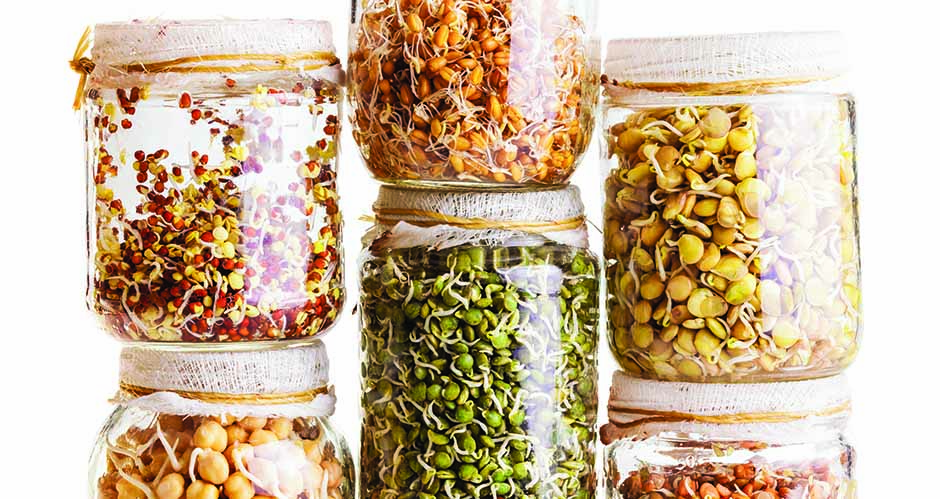Once downplayed as an “alternative” food, sprouted grains—including lentils, quinoa, brown rice, wheat, spelt, barley and corn—have taken up residence in cereal, pasta, bread and snack aisles, as more food manufacturers and consumers discover the power and growing popularity of plant-based foods.
So what’s the difference between whole and sprouted grains? A regular grain is essentially a seed that you can plant to grow a new seed-producing plant. When you let that grain grow but harvest it before the shoot turns into a full-fledged plant, you end up with a sprouted grain. The sprouting process, which dates back centuries, breaks down the protective coating of beans, grains and seeds, unlocking nutrients and making the grains more readily digestible.
According to the Oldways Whole Grain Council, sprouting also apparently increases the amount of some vitamins (notably vitamin C) and minerals, making sprouted grains a potential nutrition powerhouse.

